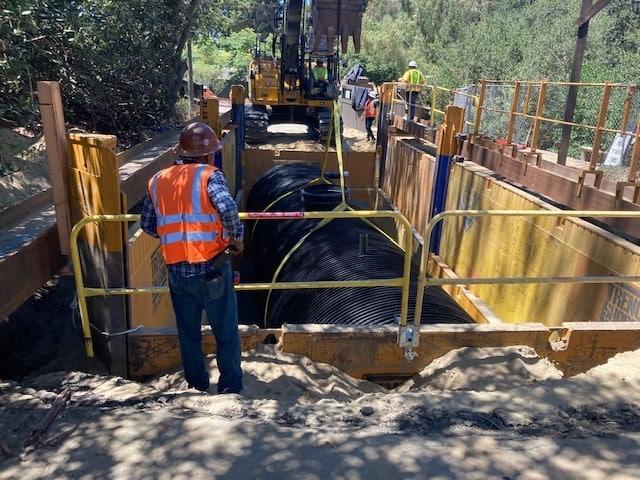When I read Michele M. Celani’s blog post about the effectiveness of historical markers in the classroom I thought “oh I know a bunch of amazing teachers the Inkwell readers would love!” Paul LaRue was kind enough to submit the entry below. Paul is a retired social studies teacher from rural southern Ohio. During his thirty-year career, he was the recipient of numerous state and national teaching awards. Paul is best known for his work getting students out into the community and doing the work of history. I hope you enjoy this snippet of Paul’s work as much as we’ve enjoyed working with him! And if you are looking for more info on cemeteries check out this list of AASLH resources.
-Stacia Kuceyeski, Ohio History Connection
I spent thirty years teaching high school history in rural southern Ohio. My school district is probably similar to the school in your community. Engaging students in history has always been a challenge. Field trips are one traditional way to engage students with interesting historical places. Unfortunately with the “Great Recession” many schools found themselves unable to fund transportation for field trips. Additionally many states have mandated curriculum and testing which have cut into time for field trips. These factors have created a “perfect storm” to limit field trips for students. One possible solution may be around the corner from your neighborhood school, your local cemetery.

Students work to straighten and install Government headstones for African American Civil War Veterans.
Cemeteries provide a glimpse into your community’s past. Students often think nothing of historical interest happened in their community. You may not have a Civil War battlefield in your community, but you might have Civil War Veterans buried in a nearby cemetery. Ohio has more than 14,000 cemeteries. I was fortunate because my community has three cemeteries, one of which is 1/2 mile from my high school. I would take my students on a “poor man’s field trip,” we would walk to the cemetery. The first time I told my students we were going to the cemetery, a student asked “Where is the bus???” I laughed, then we would walk to the cemetery and I would give students a walking tour of interesting people buried in our cemetery. In our cemetery there are African Americans born in slavery who served in the Union Army. Two men who were Medal of Honor recipients in the Civil War: a woman who was wife of famed inventor Granville Woods, the United States Attorney General for President Warren Harding and a World War I pilot killed in action in France. I would guess our local cemetery is no more interesting than yours. Every community has fascinating and unique history in their local cemetery.
One field trip to our local cemetery changed the trajectory of my students’ relationship with our cemetery. I was explaining to my students why a section was called soldiers row. This particular section was for African American Civil War Veterans. A student raised her hand and asked “Don’t these men deserve better,” she was referring to the fact there were missing and broken headstones. That question began my students’ transition from the role of observers to working in service learning, preservation and activism.
Over the next twelve years, multiple classes installed government headstones for Veterans with unmarked graves, researched and wrote text for Ohio Historical Markers, used ground penetrating radar to locate graves and placed 1400 flags on Veterans graves for Memorial Day. Our local cemetery became a laboratory for hands on history.
School districts are providing more and more connections with virtual education by putting computers in students’ hands. Educators also need to provide students with connections to their community’s rich and diverse past. Your local cemetery may provide a close and inexpensive tool for engaging your students.



